Dish soap vinegar cleaning hack: Ever feel like you’re battling grime with one hand tied behind your back? I know I have! We’ve all been there, staring down a sink full of dirty dishes or a grimy bathroom, wishing there was a magic bullet to make the cleaning process easier and more effective. Well, guess what? There might just be!
Cleaning with vinegar, a practice rooted in ancient civilizations, has been passed down through generations. Our grandmothers knew the power of this simple, natural ingredient. Combining it with dish soap? That’s where the real magic happens. This isn’t just another cleaning fad; it’s a time-tested, budget-friendly, and surprisingly effective way to tackle a multitude of household messes.
In today’s world, we’re all looking for ways to simplify our lives and reduce our reliance on harsh chemicals. That’s where this dish soap vinegar cleaning hack comes in. It’s a simple, DIY solution that can save you time, money, and a whole lot of elbow grease. From sparkling countertops to streak-free windows, I’m going to show you how to harness the power of these two common household ingredients to create a cleaning powerhouse. Get ready to ditch those expensive cleaners and embrace a more natural, effective, and satisfying way to keep your home sparkling clean!
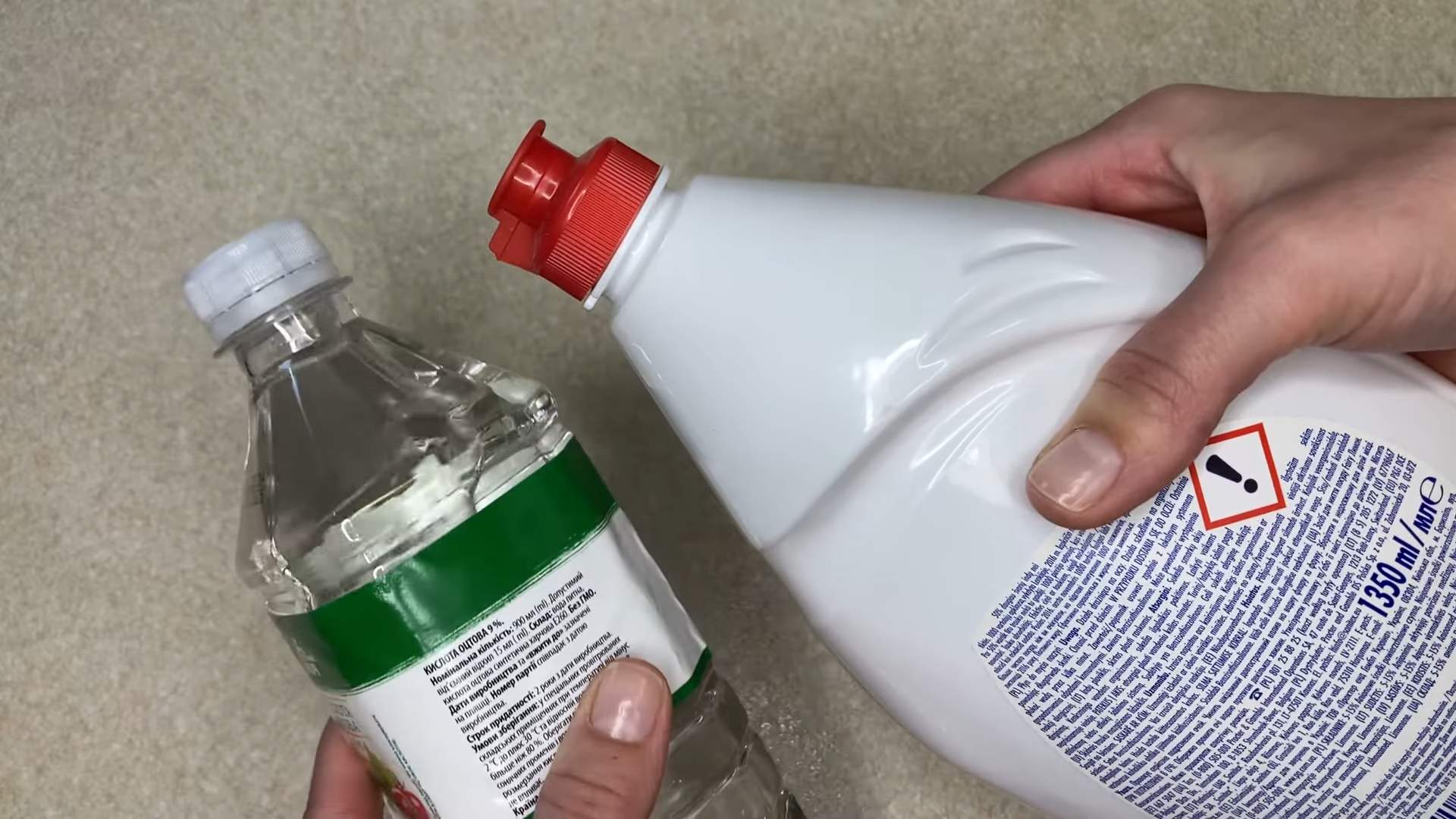
DIY All-Purpose Cleaner: Dish Soap and Vinegar Powerhouse
Hey there, fellow DIY enthusiasts! I’m excited to share one of my go-to cleaning hacks that’s not only incredibly effective but also super budget-friendly and eco-conscious. We’re talking about the dynamic duo: dish soap and vinegar! This combination can tackle a surprising number of cleaning tasks around your home, from grimy stovetops to sparkling shower doors. Let’s dive in!
Why Dish Soap and Vinegar?
Before we get started, let’s understand why this combination works so well. Vinegar, being a mild acid, is fantastic at cutting through grease, dissolving hard water stains, and killing mold and mildew. Dish soap, on the other hand, is a powerful surfactant, meaning it helps to lift dirt and grime from surfaces. Together, they create a cleaning powerhouse!
Important Note: While this mixture is generally safe, never mix vinegar with bleach. This creates toxic chlorine gas, which is extremely dangerous. Also, avoid using this mixture on natural stone surfaces like marble or granite, as the vinegar can etch the stone.
What You’ll Need
* White vinegar
* Dish soap (I prefer a grease-cutting variety like Dawn)
* Spray bottle
* Measuring cup or spoons
* Water (optional, for dilution)
* Microfiber cloths or sponges
* Optional: Essential oils (for fragrance)
Mixing Your Cleaning Solution
This is the easiest part! There are a couple of ways to mix your solution, depending on your needs and preferences.
Method 1: The Classic 50/50 Mix
This is my go-to for general cleaning.
1. Grab your spray bottle: Make sure it’s clean and empty.
2. Add vinegar: Pour equal parts white vinegar into the spray bottle. For example, if your bottle is 16 ounces, add 8 ounces of vinegar.
3. Add dish soap: Now, add an equal amount of dish soap. In our example, that would be 8 ounces.
4. Gently mix: Close the spray bottle tightly and gently swirl the mixture to combine. Avoid shaking vigorously, as this can create excessive suds.
5. Dilute (optional): If you find the mixture too strong or sudsy, you can add a little water to dilute it. Start with a small amount, like 2 ounces, and adjust as needed.
Method 2: The Concentrated Mix
This is great for tackling tougher messes.
1. Prepare your bottle: As before, ensure your spray bottle is clean.
2. Vinegar first: Pour 2/3 cup of white vinegar into the bottle.
3. Dish soap boost: Add 1/3 cup of dish soap.
4. Gentle blending: Close the bottle and gently swirl to combine.
5. Dilution is key: This mixture is more concentrated, so you’ll likely want to dilute it with water before using it on delicate surfaces.
Method 3: The Scented Mix (Optional)
If you’re not a fan of the vinegar smell, this is for you!
1. Start with the classic mix: Follow the steps for the 50/50 mix.
2. Choose your scent: Select your favorite essential oils. Lemon, lavender, tea tree, and eucalyptus are all great choices for cleaning.
3. Add essential oils: Add 10-20 drops of essential oil to the spray bottle. Start with less and add more if needed.
4. Mix well: Close the bottle and gently shake to distribute the essential oils.
Cleaning with Your Dish Soap and Vinegar Solution
Now for the fun part – putting your homemade cleaner to work! Here are some of my favorite ways to use it:
Cleaning Kitchen Surfaces
This solution is fantastic for cleaning countertops (except natural stone!), stovetops, sinks, and even the inside of your microwave.
1. Spray it on: Spray the solution liberally onto the surface you want to clean.
2. Let it sit: Allow the solution to sit for a few minutes to loosen dirt and grime. For tough messes, you can let it sit for up to 10 minutes.
3. Wipe it down: Use a microfiber cloth or sponge to wipe away the dirt and grime.
4. Rinse (optional): If you used a lot of solution or if the surface feels sticky, you can rinse it with clean water.
5. Dry it off: Use a clean, dry cloth to dry the surface.
Cleaning Bathroom Surfaces
Say goodbye to soap scum and hard water stains! This solution works wonders on shower doors, tiles, sinks, and toilets.
1. Spray and soak: Spray the solution generously onto the affected areas, especially areas with soap scum or hard water stains.
2. Give it time: Let the solution sit for at least 10 minutes, or even longer for stubborn stains.
3. Scrub-a-dub-dub: Use a scrub brush or sponge to scrub the surfaces. For shower doors, a squeegee can also be helpful.
4. Rinse thoroughly: Rinse the surfaces thoroughly with clean water.
5. Dry and admire: Dry the surfaces with a clean cloth or towel.
Cleaning Floors (Except Hardwood)
This solution can be used to clean tile, linoleum, and vinyl floors. Avoid using it on hardwood floors, as the vinegar can damage the finish.
1. Prepare your bucket: Fill a bucket with warm water.
2. Add the solution: Add 1/4 cup of your dish soap and vinegar solution to the bucket of water.
3. Mop away: Dip your mop into the bucket and wring out the excess water. Mop the floor as usual.
4. Rinse (optional): If you used a lot of solution or if the floor feels sticky, you can rinse it with clean water.
5. Let it dry: Allow the floor to air dry.
Cleaning Windows and Mirrors
Get streak-free shine with this simple solution!
1. Dilute the solution: Mix 1/4 cup of your dish soap and vinegar solution with 2 cups of water in a spray bottle.
2. Spray lightly: Lightly spray the windows or mirrors with the solution.
3. Wipe with microfiber: Use a clean, dry microfiber cloth to wipe the surface.
4. Buff to shine: For extra shine, buff the surface with a second clean, dry microfiber cloth.
Cleaning Drains
This solution can help to unclog and deodorize drains.
1. Pour it down: Pour 1/2 cup of baking soda down the drain.
2. Follow with vinegar: Pour 1 cup of your dish soap and vinegar solution down the drain.
3. Let it fizz: Allow the mixture to fizz for 30 minutes.
4. Flush with hot water: Flush the drain with hot water for several minutes.
Troubleshooting Tips
* Too much suds: If your solution is too sudsy, try using less dish soap or diluting it with more water.
* Vinegar smell: If you don’t like the smell of vinegar, add essential oils to your solution.
* Streaks: If you’re getting streaks when cleaning windows or mirrors, make sure you’re using a clean, dry microfiber cloth.
* Tough stains: For tough stains, let the solution sit for longer before wiping it away. You can also try using a scrub brush or sponge.
Safety Precautions
* Always test in an inconspicuous area first: Before using the solution on a large surface, test it in a small, hidden area to make sure it doesn’t damage the finish.
* Avoid contact with eyes: If the solution gets in your eyes, rinse them thoroughly with water.
* Keep out of reach of children and pets: Store the solution in a safe place where children and pets cannot access it.
* Never mix with bleach: As mentioned earlier, never mix vinegar with bleach, as this can create toxic chlorine gas.
Other Uses for Dish Soap and Vinegar
Beyond the basics, here are some other creative ways to use this cleaning combo:
* Cleaning your dishwasher: Pour a cup of vinegar into the bottom of your empty dishwasher and run a cycle.
* Cleaning your washing machine: Add a cup of vinegar to your washing machine’s detergent dispenser and run a cycle.
* Removing stickers and labels: Soak a cotton ball in vinegar and apply it to the sticker or label. Let it sit for a few minutes, then peel it off.
* Cleaning your coffee maker: Fill your coffee maker’
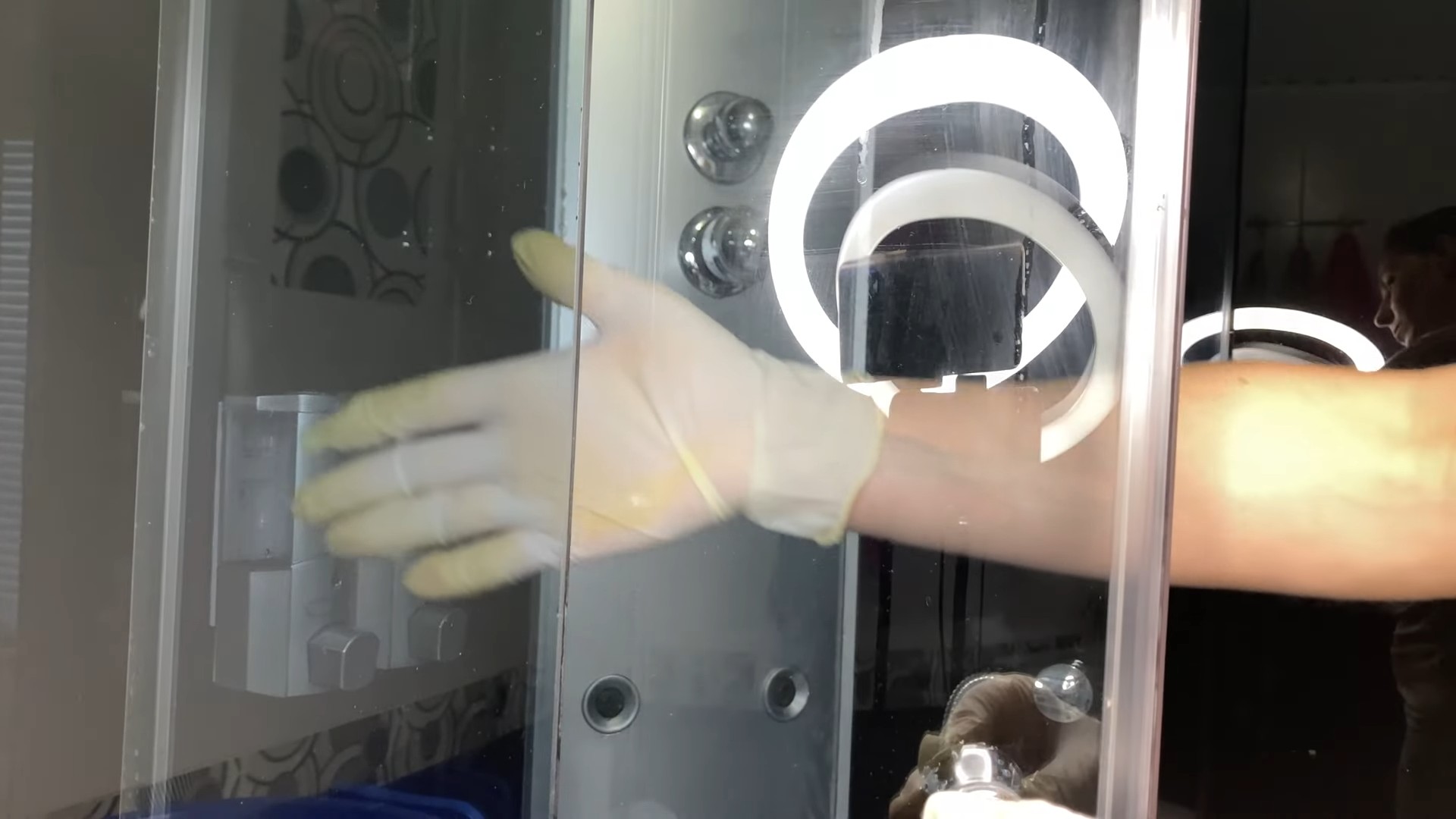
Conclusion
So, there you have it! The dish soap and vinegar cleaning hack – a simple, effective, and surprisingly versatile solution for a sparkling clean home. We’ve explored its power in tackling everything from grimy shower doors to stubborn stovetop stains, and hopefully, you’re now convinced of its potential. But why is this DIY trick a must-try?
Firstly, it’s incredibly cost-effective. You’re likely already stocked with dish soap and vinegar, making this a budget-friendly alternative to expensive commercial cleaners. Secondly, it’s a greener choice. By opting for this homemade solution, you’re reducing your reliance on harsh chemicals and contributing to a healthier environment. Thirdly, and perhaps most importantly, it works! The combination of dish soap’s grease-cutting power and vinegar’s acidity creates a potent cleaning duo that can handle a wide range of household messes.
But the beauty of this cleaning hack lies in its adaptability. Feel free to experiment with variations to suit your specific needs. For instance, if you’re dealing with particularly stubborn grime, try letting the solution sit for a longer period before scrubbing. You can also add a few drops of your favorite essential oil, like lemon or lavender, for a pleasant scent. For cleaning windows, dilute the mixture further with water to prevent streaks. And if you’re tackling mold or mildew, consider adding a small amount of hydrogen peroxide to the mix (always test in an inconspicuous area first!).
Don’t be afraid to get creative and tailor the recipe to your preferences. The basic formula is a great starting point, but the possibilities are endless.
We truly believe that this dish soap and vinegar cleaning hack will revolutionize your cleaning routine. It’s a game-changer for anyone looking for a simple, affordable, and effective way to keep their home sparkling clean.
Now, it’s your turn! We encourage you to give this DIY cleaning solution a try. We’re confident that you’ll be amazed by the results. And more importantly, we want to hear about your experience. Share your tips, tricks, and variations in the comments below. Let us know what surfaces you’ve cleaned, what challenges you’ve faced, and what successes you’ve achieved. Your feedback will not only help us improve this guide but also inspire other readers to embrace the power of this simple yet effective cleaning solution. Let’s create a community of clean homes and happy cleaners! So go ahead, grab your dish soap and vinegar, and get ready to experience the magic of this amazing cleaning hack!
Frequently Asked Questions (FAQs)
Is the dish soap and vinegar cleaning solution safe for all surfaces?
While the dish soap and vinegar cleaning hack is generally safe for most surfaces, it’s always best to test it in an inconspicuous area first, especially on delicate materials like natural stone (marble, granite), waxed wood, or painted surfaces. The acidity of vinegar can potentially damage or discolor these surfaces over time. Avoid using it on aluminum, as it can cause corrosion. For surfaces you’re unsure about, dilute the solution further with water or consult the manufacturer’s instructions. Remember, prevention is better than cure!
What type of dish soap and vinegar should I use?
For dish soap, any standard liquid dish soap will work. There’s no need to use anything fancy or expensive. As for vinegar, white distilled vinegar is the most commonly recommended type for cleaning due to its high acidity and lack of color, which minimizes the risk of staining. However, you can also use apple cider vinegar, although it may have a slightly less potent cleaning effect and could leave a faint scent. Avoid using cleaning vinegar, which has a higher acidity than distilled vinegar and may be too harsh for some surfaces.
What is the ideal ratio of dish soap to vinegar?
A common and effective ratio is equal parts dish soap and vinegar (1:1). However, you can adjust the ratio depending on the severity of the mess. For lighter cleaning tasks, you can use more water and less dish soap and vinegar. For tougher stains, you can increase the concentration of dish soap and vinegar. A good starting point is 1/2 cup of dish soap and 1/2 cup of vinegar mixed with 1 cup of water. Experiment to find the ratio that works best for your specific cleaning needs.
Can I use this cleaning solution to clean my oven?
Yes, the dish soap and vinegar cleaning hack can be used to clean your oven, but it requires a bit more effort than simply spraying and wiping. First, remove any loose debris from the oven. Then, make a paste of baking soda and water and spread it evenly throughout the oven, avoiding the heating elements. Let the paste sit overnight. The next day, spray the baking soda paste with the dish soap and vinegar solution. The vinegar will react with the baking soda, creating a fizzing action that helps to loosen the grime. Finally, scrub the oven clean with a sponge or cloth and wipe away any residue.
How do I get rid of the vinegar smell?
The vinegar smell can be a deterrent for some people, but it dissipates quickly. To minimize the odor, ensure proper ventilation by opening windows or turning on a fan while cleaning. You can also add a few drops of your favorite essential oil, such as lemon, lavender, or eucalyptus, to the cleaning solution to mask the vinegar smell. Another option is to wipe down the cleaned surfaces with a damp cloth and plain water after using the dish soap and vinegar solution.
Can I store the dish soap and vinegar cleaning solution?
Yes, you can store the dish soap and vinegar cleaning solution in a spray bottle for future use. However, it’s best to use it within a few weeks, as the effectiveness of the solution may decrease over time. Store the spray bottle in a cool, dark place away from direct sunlight. Be sure to label the bottle clearly to avoid confusion with other cleaning products.
Is this cleaning solution safe for pets and children?
While the dish soap and vinegar cleaning hack is generally considered safer than many commercial cleaners, it’s still important to exercise caution when using it around pets and children. Keep the solution out of reach of children and pets. Avoid spraying it directly on them or allowing them to ingest it. If your pet or child accidentally ingests the solution, contact your veterinarian or poison control center immediately. Always rinse surfaces thoroughly with water after cleaning to remove any residue.
What are some other uses for the dish soap and vinegar cleaning hack?
Besides the uses mentioned earlier, the dish soap and vinegar cleaning hack can also be used to:
* Clean shower heads: Soak the shower head in a bag filled with the solution overnight to remove mineral buildup.
* Unclog drains: Pour the solution down the drain, followed by hot water, to help dissolve clogs.
* Clean coffee makers: Run a cycle with the solution to remove mineral deposits and coffee residue.
* Clean washing machines: Run an empty cycle with the solution to freshen and sanitize the machine.
* Remove hard water stains: Spray the solution on hard water stains and let it sit for a few minutes before wiping clean.
The versatility of this cleaning hack is truly remarkable!

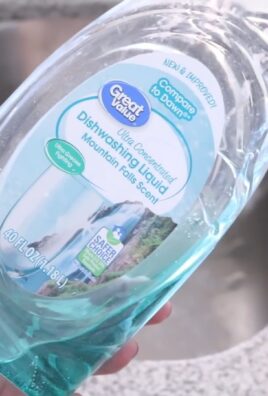
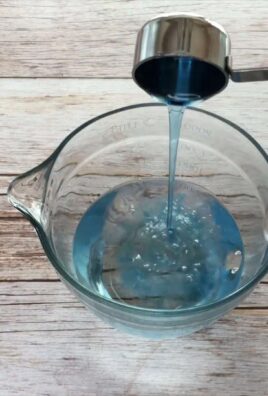
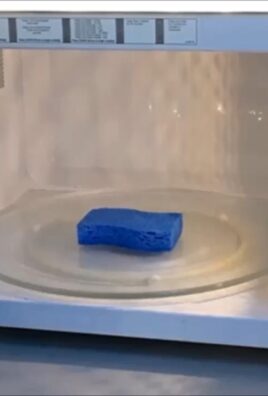
Leave a Comment